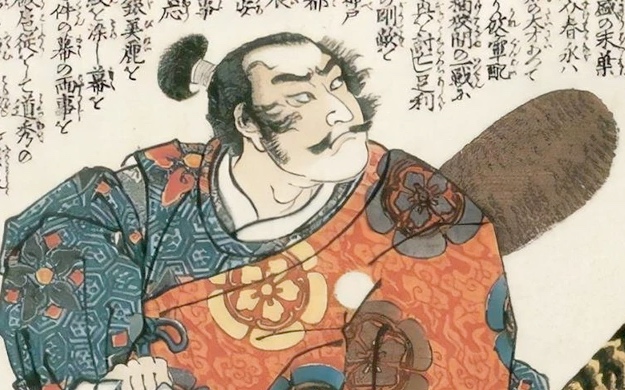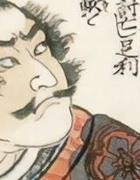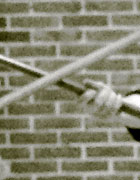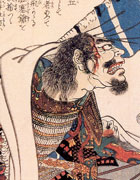
Principles
In a number of dojos in the Netherlands the oldest existing martial art of Japan, Katori Shinto Ryu, is practiced according to the principles taught by Yoshio Sugino (1904-1998), supplemented with the instructions of his principal students, such as his former head assistant Goro Hatakeyama (born 1928).
All Japanese martial arts, also the Kashima Shinto Ryu and the (Yagyu) Shinkage Ryu, for example, have had different teachers throughout the centuries. When these teachers founded their own dojos, the ties with the school’s principal dojo became looser or disappeared altogether. The same happened in Japan with the Katori Shinto Ryu: Yoshio Sugino, who had been taught by Katori sensei Ichizo Shiina since the 1920s, founded a dojo in Kawasaki in 1927 and in the late eighties began traveling regularly to Europe with his pupil Goro Hatakeyama to teach the European students. After Sugino’s death in 1998 his son Yukihiro continued the dojo. Hatakeyama Sensei left the Kawasaki dojo but still visits Europe every year to teach Katori in several countries.
Like in every martial art, every Katori Shinto ryu teacher develops his own practice and interpretation of the techniques. This is a logical and inevitable process in what is ultimately an applied art and not an abstract science. And so we can see that the approaches of Yoshio Sugino, Yukihiro Sugino and Hatakeyama Sensei have diverged among themselves even as they were all moving away from other Katori lines. They do however retain a large number of common characteristics, to note:
- giving a lot of attention to basic training;
- stances in which the upper body is turned away in order to give it maximal protection;
- stressing the importance of moving the body to the side, not backwards, when responding to an attack;
- moving and fighting from the hips, not the arms;
- controlling the centre;
- working with a dynamic and ever changing distance;
- the relaxed, controlled and ‘soft’ execution of the techniques.
The dutch teachers who practice Katori this way reject all dogmatic approaches of the martial arts. We train and teach according to the principles Sugino Sensei laid down in his manual Budo Kyo Han during the second world war, complemented with his oral instructions and those of his assistants. In principle we welcome practitioners of all Katori styles and other martial arts traditions. Similarly all our students are free to visit other schools and practice other styles. With this approach we hope to continue the Katori Shinto Ryu as a living and dynamic tradition and to prevent its dogmatic and folkloristic stagnation.
Dojo:
Katsujinken-dojo
Sporthallen Zuid, Burgerweeshuispad 54, Amsterdam
http://www.katsujinken.nl
contact: info@katsujinken.nl
Budo Academy Physical
Vening Meineszstraat 7, Ede
http://www.yoseikan.nl/
contact: info@yoseikan.nl
Fu Rin Ka Zan Dojo
School de Voorde, Bazuinlaan 2, Rijswijk
http://www.furinkazan.nl
contact: elkrijgsman@kpnplanet.nl
Kendokai Higashi
p/a Emmastraat 45, 6828 HB Arnhem
www.kendokai-higashi.nl
contact: katori@kendokai-higashi.nl





